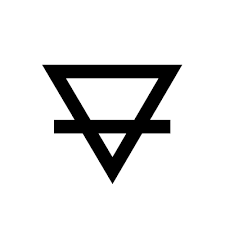Formative Principles of Instinctual Power
Carl Jung initially proposed archetypes as innate organizing forces that underlie and give shape to images, ideas, fantasies, and emotional constructs within the human psyche, describing archetypes as “formal factors responsible for the organization of unconscious psychic processes.” In the early and middle phases of his career, when his worldview was influenced by Kant’s distinction between noumena and phenomena, Jung posited that archetypes are unknowable forces beyond the scope of human psychological experience.
The archetypes, as Jung understood them, are ‘formative principle[s] of instinctual power’ existing in the background of the human psyche that organize, thematically condition, and dynamically animate human life. It is the archetypes that are responsible not only for the presence of universal symbols and motifs within all myths, but also for the presence of these same themes in our own individual dreams and fantasies, even when, as in most cases, the people experiencing such dreams have little or no prior knowledge of myth.
– Le Grice, Keiron, The Archetypal Cosmos: Rediscovering the Gods in Myth, Science and Astrology
Synchronicity
Through his exploration of the phenomenon that he coined “synchronicity,” Jung was led to believe that archetypes, which transcend their expression in the psyche, are universal, multidimensional ordering factors that inform and influence both psyche and cosmos. Jung defines a synchronicity as “the simultaneous occurrence of a certain psychic state with one or more external events which appear as meaningful parallels to the momentary subjective state—and, in certain cases, vice versa.” Furthermore, in the latter part of his career in the 1940s and 1950s, Jung came to the realization that archetypes are not just psychological principles since they also appear to influence phenomena. There are many terms used to describe Jung’s new formulation of archetypes as forces operating in both transcendent (spiritual) and natural (instinctual) domains: formative principles, organizing forms, dynamisms, gods, primordial images, unconscious dominants, instinctual powers, conditioning factors, and patterns of behavior. An archetype is a universal force that impels, forms, or permeates the human psyche and the world of human experience across multiple dimensions.
The Hero's Journey
In The Hero with a Thousand Faces, first published in 1949, Joseph Campbell explores the stages and themes of the hero’s journey. Le Grice notes how Campbell makes the case for the universality of the hero myth, illustrating how it transcends cultural boundaries and referencing a wide array of examples that span ancient and modern storytelling. There are three fundamental stages that characterize a hero’s journey—separation, initiation (or transition), and return.
Joseph Campbell believed that hero myths, including those with historical points of reference, primarily serve as symbolic representations that illuminate deeper patterns of human experience. The hero myth is used to convey the quest for meaning, self-discovery, and spiritual fulfillment, thereby assisting individuals in navigating the phases and challenges as life unfolds.
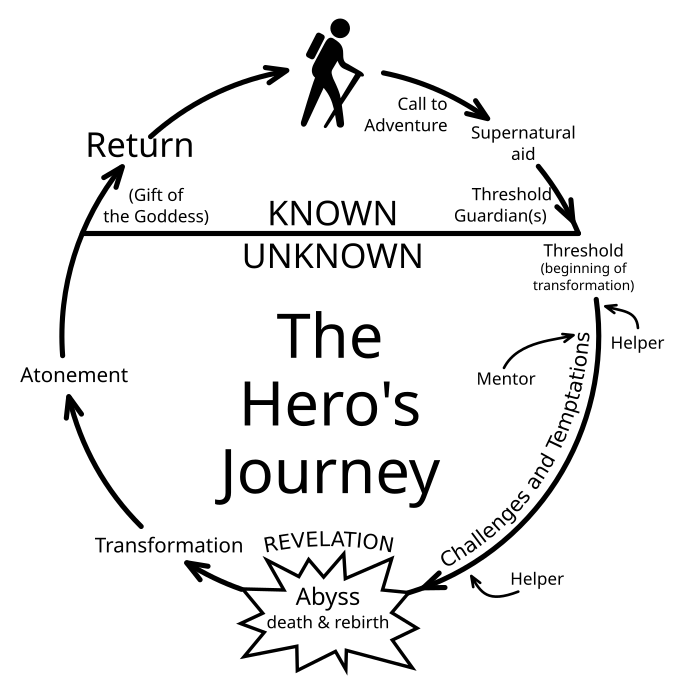
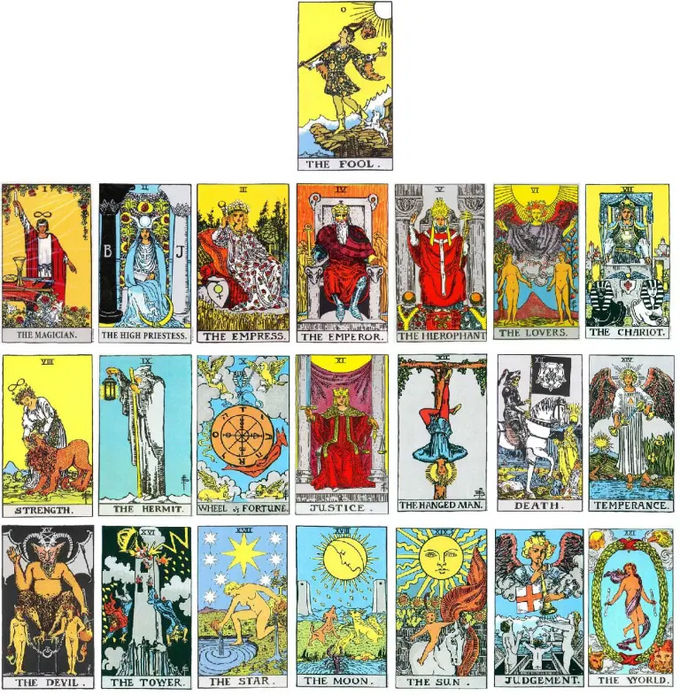
The Power of Divination
Astrology and tarot are forms of divination. The term “divination” originates from the Latin word divinus, signifying divine or related to a deity or something of sacred significance. Practitioners of both forms of divination are reading the Book of Life, and this involves deciphering symbols to formulate story structures. The art of interpretation plays a central role in both astrology and tarot, which are two distinct languages that involve reading symbols in order to forecast future events. Within the discipline of astrology, professionals analyze astrological charts, whereas in the field of tarot, they interpret the symbols embedded in cards. Astrology and tarot function as tools for revealing plot developments. It is through deciphering the archetypal components of the narrative that practitioners attain insight into the trajectory of events. In addition to gaining insight into the moment of a reading, a practitioner is able to examine the factors leading to the moment of a reading as well as delineate potential future outcomes through an archetypal perspective. To predict someone’s fortune, one must narrate their story.
Keys (Major Arcana):
The 22 Major Arcana cards, commonly referred to as the Hero’s Journey among tarot experts, embodies the process of self-actualization, or what Carl Jung describes as the process of individuation. The Major Arcana embody the overarching themes and it is through their extension into the Sephiroth (Minor Arcana) that the specific scenes unfold through interpersonal dynamics.
Sephitorth (Minor Arcana) – Elemental Powers:
While the Major Arcana are commonly understood to represent the central characters in the archetypal Hero’s Journey narrative, the Elemental Powers, which replace the traditional royal court cards, can be viewed as the supporting cast within this expansive storytelling framework. The Elemental Powers of the Divine are the supporting characters and manifest in divinatory readings as important figures who aid in the development of the plot.
Sephiroth (Minor Arcana) – 1:
The motives and impulses are expressed in the Aces: ambition, emotion, thought, resources.
Sephiroth (Minor Arcana) – Decans:
The nuanced scenes and dynamics depicted within the Decans showcase the multifaceted relationships between the various archetypes, allowing for a richly textured exploration of the human experience.
The Four Elements of Story
On a physical level, the classical elements symbolize the fundamental states in which all matter exists within the world, aligning with the four fundamental states of matter in scientific thinking: solid (earth), liquid (water), gaseous (air), and plasma (fire). Through astrology and tarot, a practitioner explores the elements as motives within narrative structure. Astrology and Tarot are two divinatory systems in which interpreting the elements and constructing narrative structures are essential components for conducting a reading. While the implements associated with each element—wands, pentacles, swords, and cups— symbolize the potent qualities of fire, earth, air, and water respectively, Digital Artists will have the opportunity to transcend the traditional Tarot implements, reflecting upon the innate qualities of the four classical elements to create modern symbols that represent motives within their myths. Digital Artists will have the freedom to either maintain consistency in their symbolic representations of the four elements or iteratively evolve them throughout their collections.
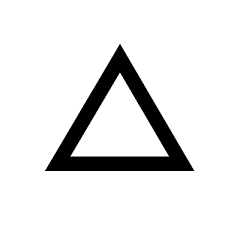
The Element of Fire: Ambitions
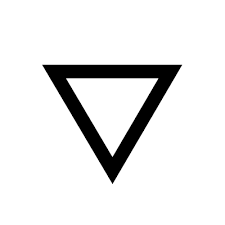
The Element of Water: Emotions
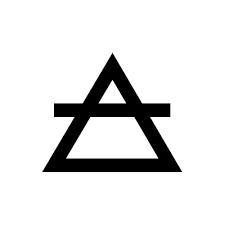
The Element of Air: Thoughts
